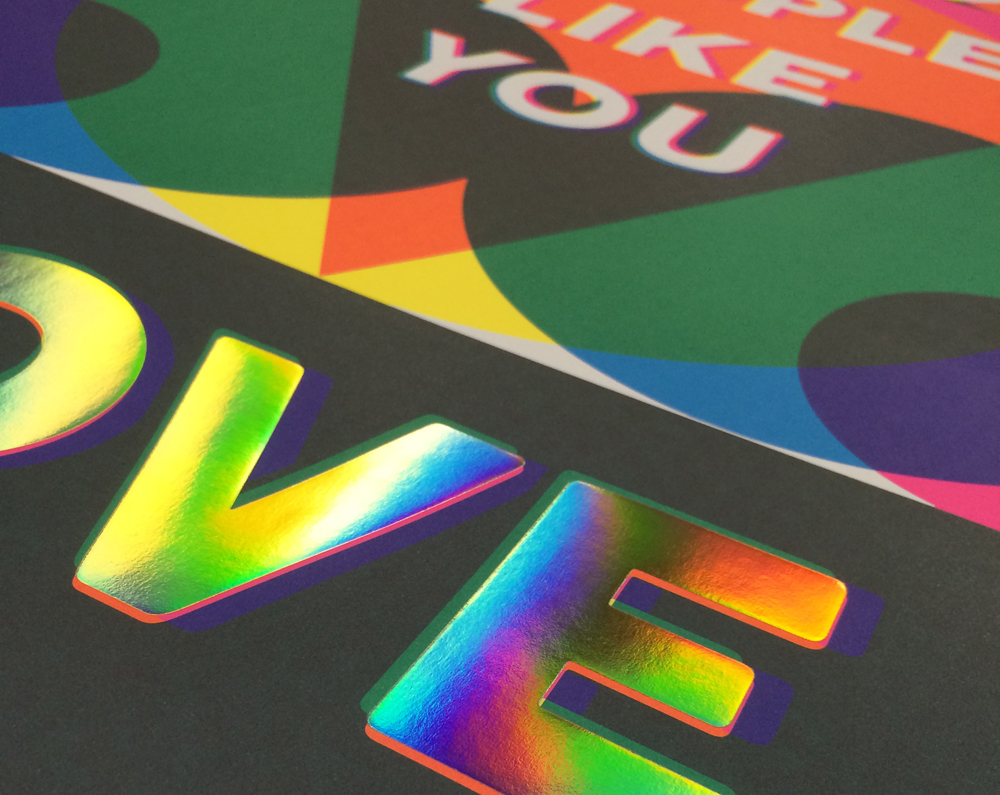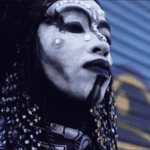I have very fond childhood memories of summer weekends in Margate. Escapes there from the grey concrete jungle of 70s and 80s South East London were about as exotic as it got for working class families like mine. In many ways Margate was the quintessential British seaside town with a huge sandy beach packed with fun loving sun seekers, a large theme park, amusements, bingo, kiss-me-quick hats, it really didn’t get much camper. For a little gay kid like me, it was a taste of heaven. I fell in love with the bright colours, the seemingly endless sun and of course the topless tanned boys on the beach.
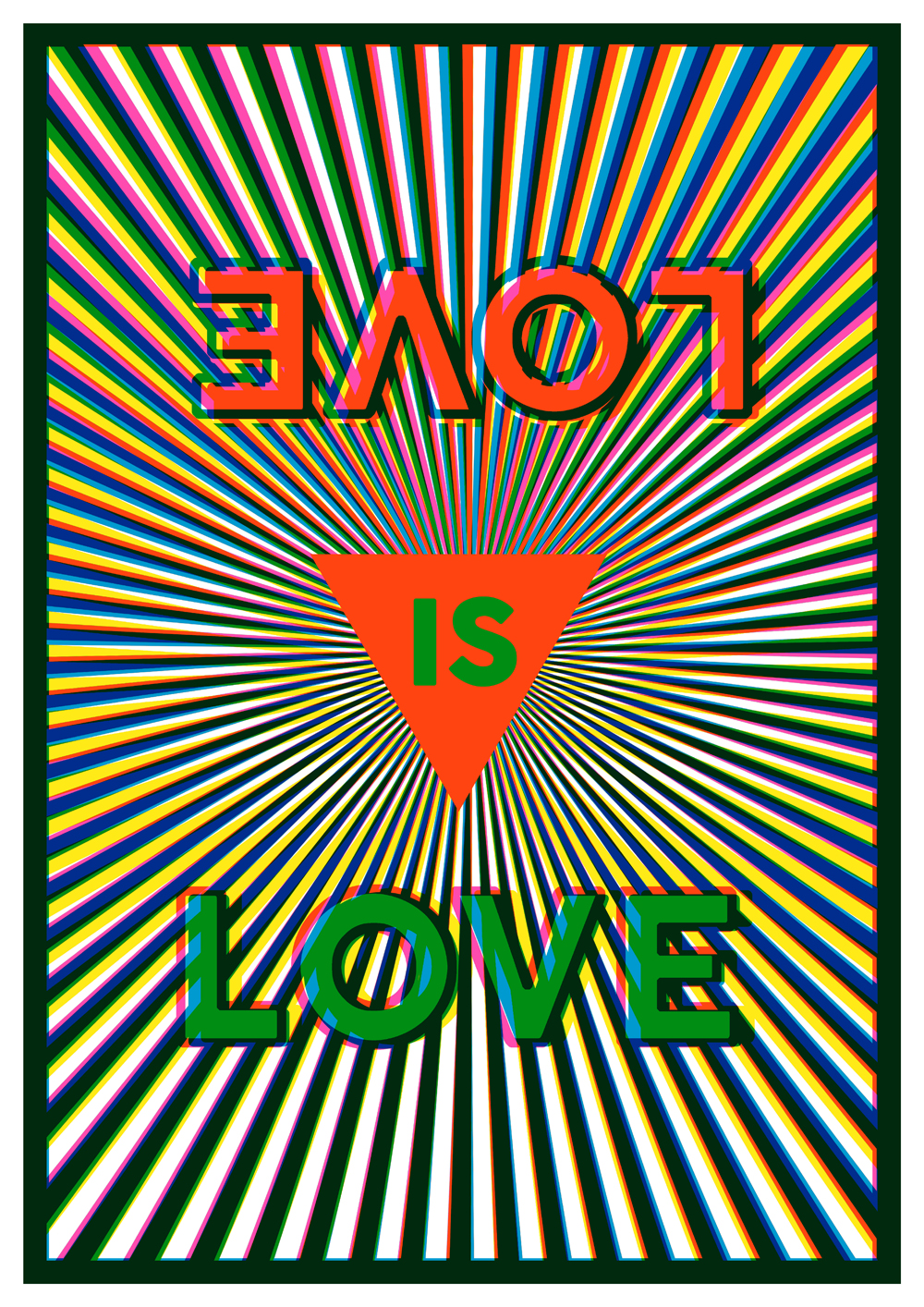
But the 90s saw a steep decline in the fortunes of the once popular resort. Cheap foreign holidays had killed all but a few of Britain’s seaside towns, but Margate’s fall from grace was harder than most. It became a graveyard of closed down businesses, once busy attractions like the then Bembom Brothers Amusement Park (a mecca for me and my friends) whose doors were locked shut in 2003 and lay dormant for over a decade. The Lido, once a must-go spot on the seafront became a sad, empty concrete shell. Unemployment rocketed and with it the dual brothers grim of crime and habitual drug use soared, killing what was left of the town’s optimism. Morrissey was surely thinking of Margate when he penned his bleak ode to the British seaside ‘Everyday is like Sunday’ the colour all but drained from its once cheery facade.
However, over the past few years, the Margate’s fortunes have slowly begun to change. The building of the much lauded Turner Contemporary gallery started to attract a new kind of visitor and the surrounding area became home to a collection of nice little shops and galleries. Not to everyone’s approval incidentally, some of the disgruntled local working classes saw as an invasion and resented the middle-class ‘gentrification’ leading to some friction. Last year the British shoe designers turned social housing and enterprise champions Gerardine and Wayne Hemingway (of Red Or Dead fame) realised their commission to reimagine the amusement park and restore it to something of its former glory, a project costing some £18million, which began attracting a fashionable crowd away from London for the day for some good old British seaside fun.
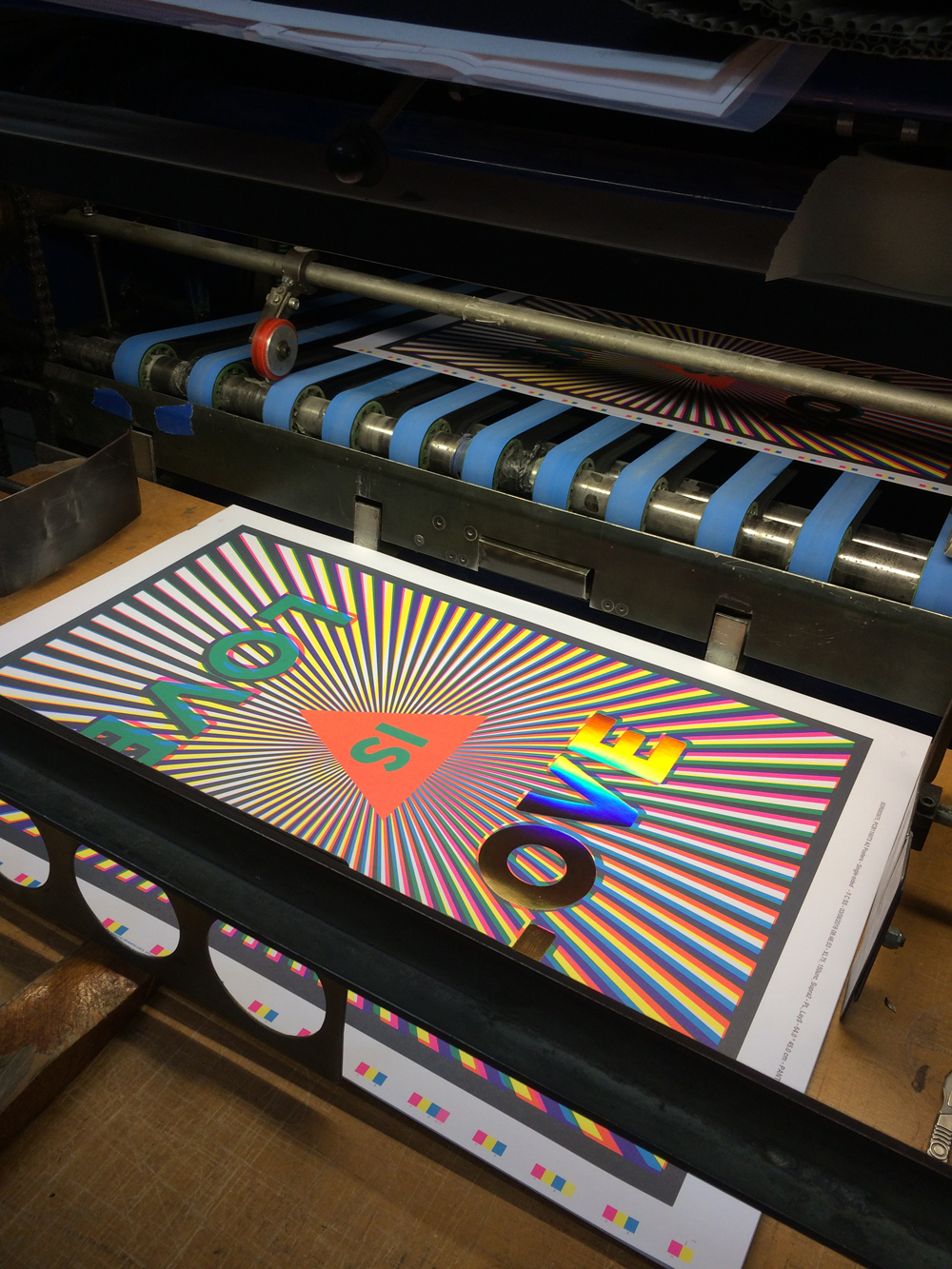
And along side that there has been a steady exodus of young creatives. Like Sink The Pink Founder Amy(Zing) Redmond. There can be fewer people who embody an end-of-the-pier camp, fun attitude than Amy, who along with a group of East London queer escapees now calls Margate her home. Her infectious enthusiasm has proved a force for real change and although she would never admit it her influence is clear to see. Behind the unashamedly frivolous exterior lies a powerhouse of energy. A genuine commitment to LGBTQI community and an unshakable belief in positivity. Those that she surrounds herself with and actively supports a ragtag band of gloriously outrageous, sex-positive, inclusive gender non-conformists and creative social libertarians have created something genuinely new community but one which is steeped in the spirit of Margate’s history of a pleasure seekers paradise. And this weekend (Saturday 13th August 2016) sees a new initiative to spread some of that love and fun at Margate Pride. Restoring much of the town’s colourful spirit. In typical Sink-The-Pink-esque style its an event with inclusion at its heart, reaching out to anyone and everyone who cares to take part: a chance for everyone to celebrate liberation “gay, straight, everything, nothing and all the in-between!” a celebration of love in all its forms. Artist Jacob Love was tasked with realising that in visual form when he was asked to design the posters. The result of which is indeed a joy to behold.
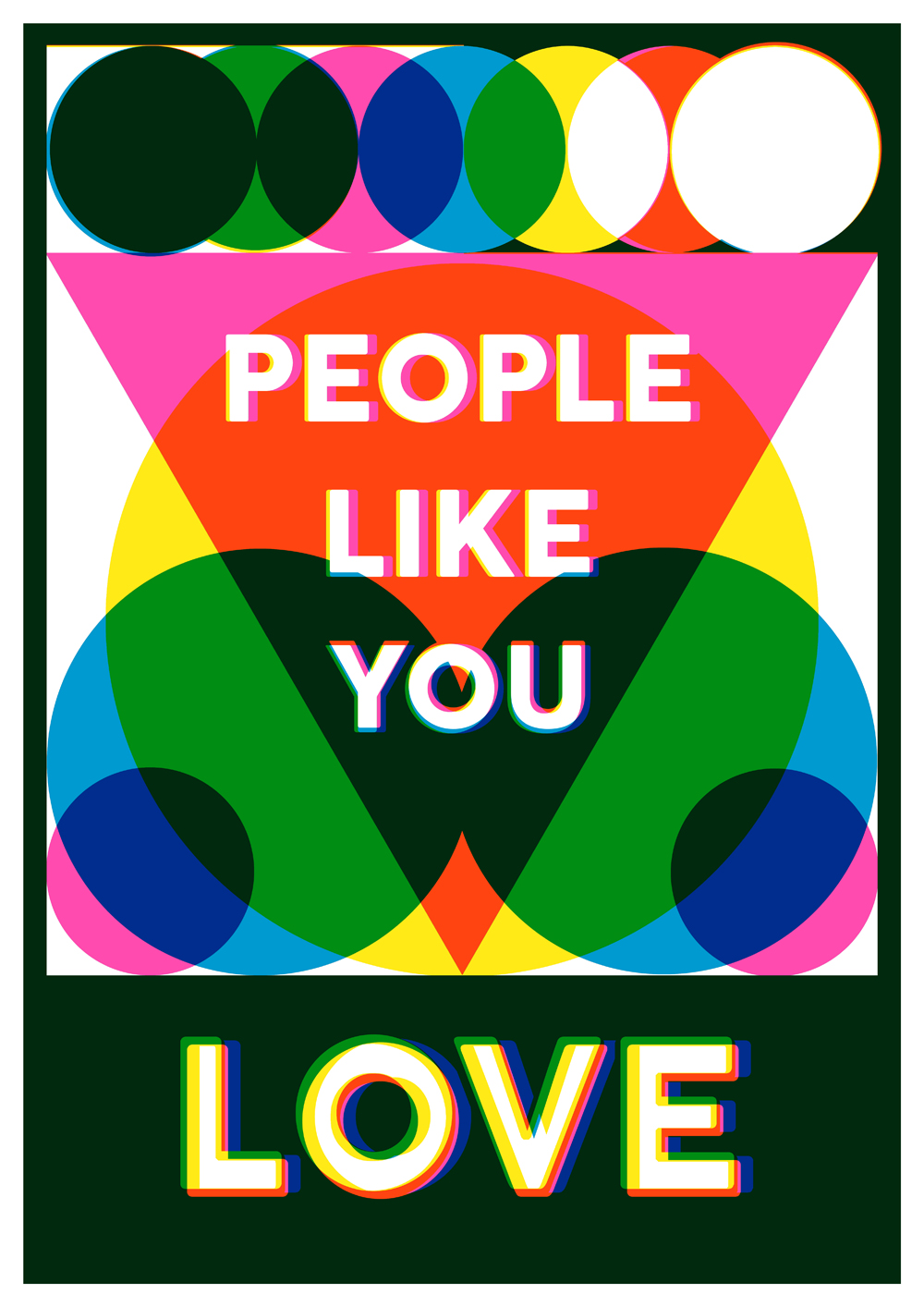
The words used in these posters were adapted from slogans written by young people at LGBT youth groups in Kent.” Explains Jacob. “I condensed down what they were saying into messages that spoke of universal notions of love, so that they became almost abstract, reflecting the vaguely optimistic but hollow slogans of politics and advertising. These statements though are self evidently true and come with no strings attached. The poster designs themselves contain gay symbolism “the pink triangle signed to homosexuals by the Nazis and reappropriated by the gay liberation movement of the 60s and 70s. And I used fluorescent and metallic inks to recall disco, acid house and other gay movements from the past to echo the sense of optimism, political literacy and hopefulness which I saw reflected in the young people’s statements. In times of fear, we can draw hope from the strong history of queer culture creating spaces for love to happen in the face of hate. For me Pride is a celebration of our capacity to love and be loved, something we all have in common, so it is important the work carries a positive and uplifting message for everyone.”
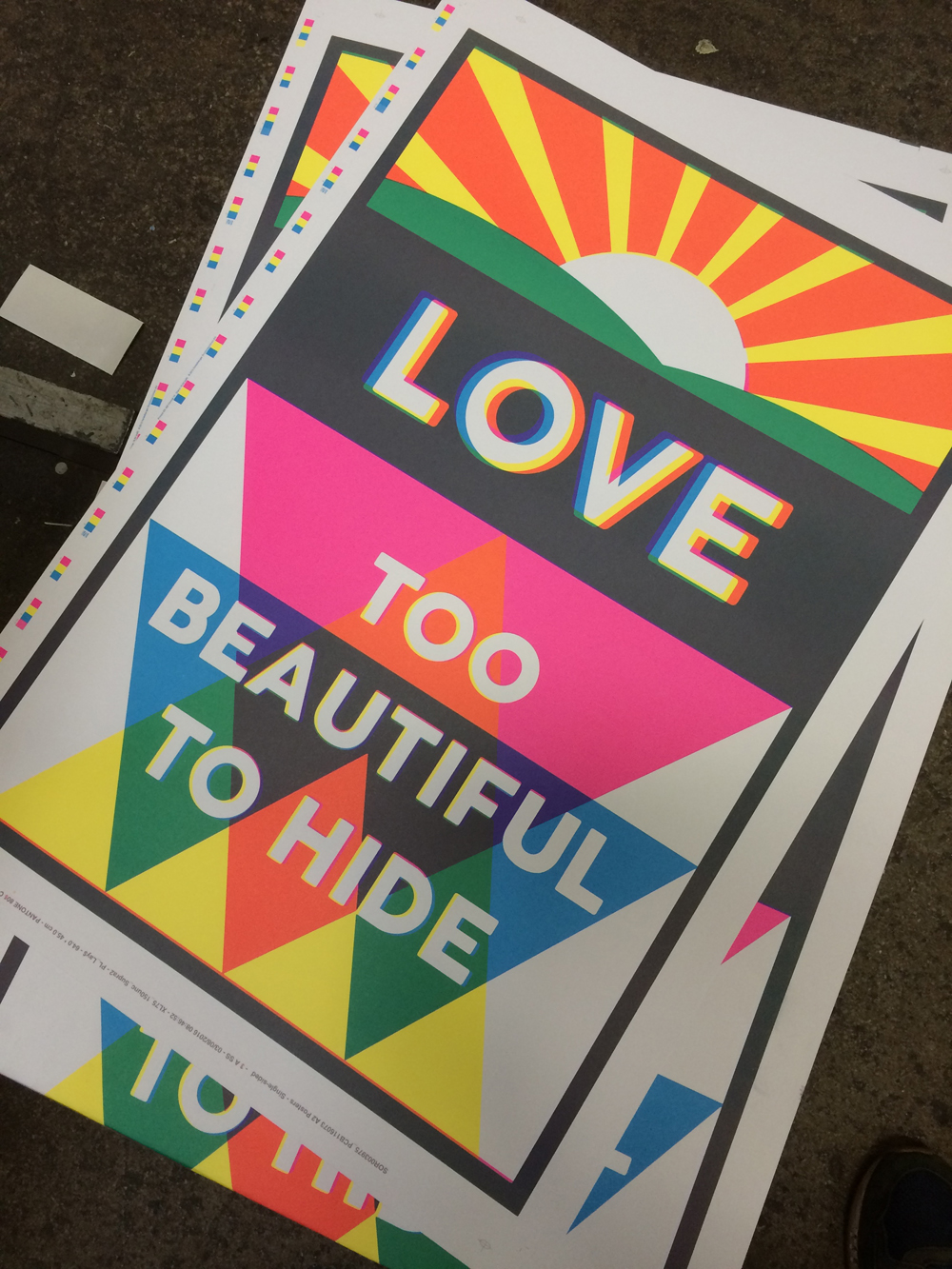
The A2 posters are available both as limited and unlimited prints, the former including a reflective metallic holographic foil and really are something to behold and which will be available to but at Plinthspace.com from 13th August. The non-limited edition posters are being given to participants in Pride parade and a number have been placed around Margate this week. Any remaining posted will be made available for sale at on stalls at pride itself, proceeds of which will go to support next year’s Margate Pride event. Despite being the official posters they contain no information about the event, instead, Jacob tells me that the idea is that they will be promoting love and the essence or foundations pride but not specific information. It’s main function is to share the sentiment of the slogans with the community with generosity.
Although Amy is not officially responsible for the event herself she is clearly a a big influence upon it and will be hosting the after party ‘Cockles and Muscles‘ in Dreamland with the theme ‘Summer of Love’ naturally. More information and tickets available here
Margate Pride, 13th August, 2016, Margate, Kent, UK
There are more exclusive limited edition Jacob Love prints available in the Homoculture Gallery
